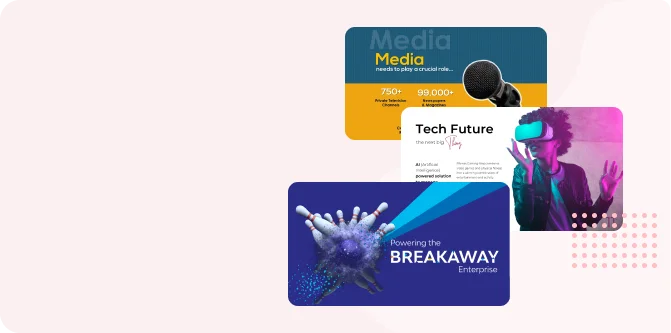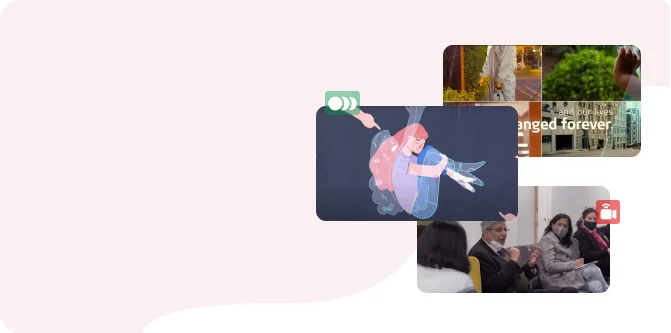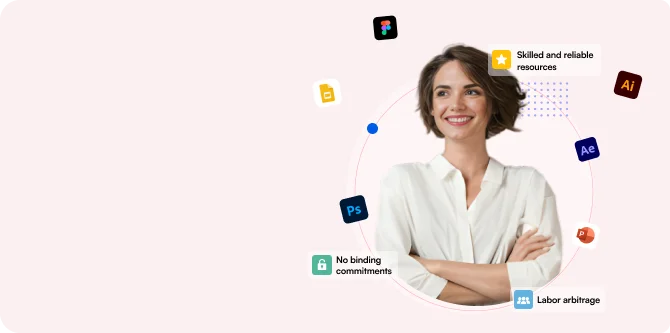Today the technology is reshaping the way we live and work. Now that we carry tech in our pockets, the way we design the interfaces has also transformed. We evolved with designing interfaces from standalone websites to desktop and then responsive designs for mobiles. It’s time that companies pay attention to the latest technological developments to increase engagement with their customers. Here is how we can stay ahead of the game by understanding the capabilities of upcoming technology as the next frontier in UX design.
Upcoming technologies
Voice UI
The foremost step in the UI UX design is having ‘no interface’. For this, digital voice assistants such as Google Home, Apple’s Siri, and Amazon Alexa have become popular in the human world making the user experience more engaging. The voice assistants enable people to multitask and become friendlier with technology. With no visual interface, understanding voice communications is the key to designing effective voice UI. Currently, there are around 3.25 billion digital voice assistants which are predicted to grow up to 8 billion by 2023.
Touchless gesture control
iPhone in 2007 introduced touch which transformed the way we think and design. With this, companies are working on touchless gesture control with which you won’t even touch your phone and will perform tasks by gestures. Samsung uses a stylus equipped with sensors while Google’s Project Soli uses radar technology of sensors to interpret the motion and translate it into useful data. To design effective and friendly gesture-based interfaces, it is important for designers to study human ergonomics and motion.
Artificial intelligence
AI technology has seen progress in chatbots where it deals with interpreting the user communication leading to the creation of user-friendly experiences. Conversations with machines are engaging because we leave it to them to prognosticate our next move. This leads to the transformation of human experiences by making smart decisions instead of a huge range of choices. As artificial intelligence is becoming robust, we need to understand its limitations and ethics while creating the interface.
Virtual reality
Virtual reality is another technology which has the potential to change the world. It is currently used in gaming, education, workplace productivity, and healthcare. With VR in these sectors, it gives more ways for inventive storytelling and e-commerce where it allows you to try products before you make the actual purchase. Not only this, but virtual reality is also transforming the way designers work. UIUX designers don’t need to create models of their designs; they can use VR technology to preview and prototype before escalating them to further steps. This way they will be able to understand the user better.
Conclusion
Adapt to the emerging technologies to position yourself as unique. The technology possesses both an opportunity and a challenge, but that is what needs to be figured out. A good design always creates engaging and intuitive experiences; it is only the technology that emerges with changing times. So experiment, discover and employ user-centric design techniques to contribute to a fundamental shift in the way we communicate with the technology



